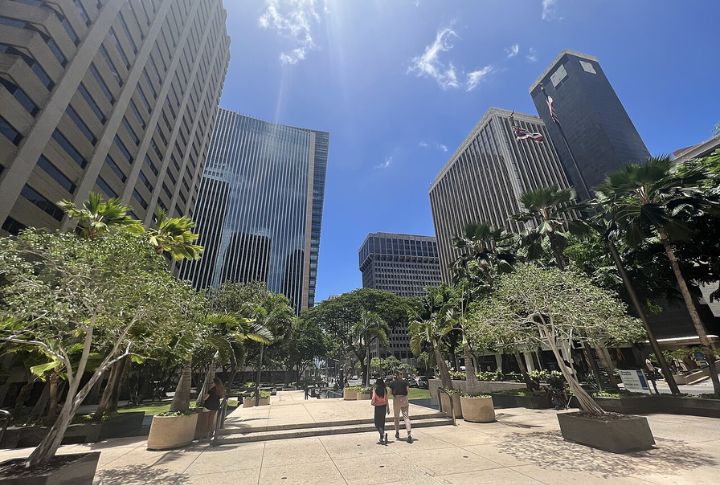
Hawaii looks like a dream destination, but everyday life there carries some hidden struggles. The challenges locals face don’t show up in pictures or vacation plans. This list takes a closer look at the realities behind the island’s beauty and what living in Hawaii truly means for its people.
Sky-High Living Expenses

What makes Hawaii so financially draining? The average resident spends around $55,491 annually—yet they’re left with only $9,550 in disposable income. The illusion of paradise doesn’t come cheap. In fact, no other U.S. state demands more from your paycheck just to maintain basic living standards.
Housing Crisis Intensified By Disasters
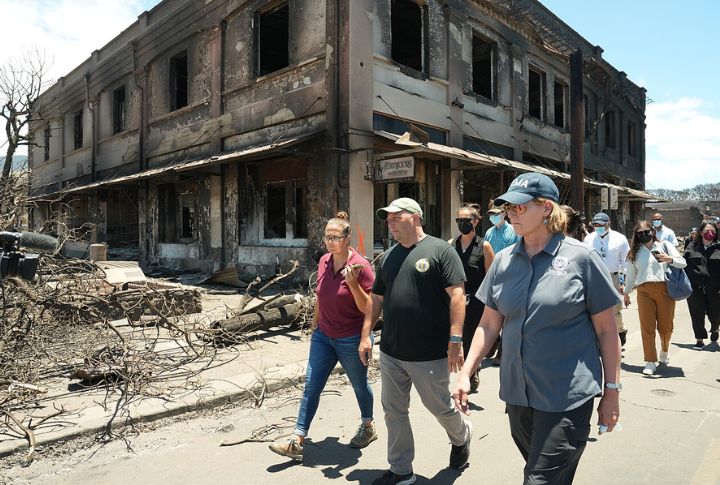
The Lahaina and Kula wildfires in 2023 devastated nearly 3,000 homes, displacing thousands. That catastrophe didn’t happen in a vacuum—it slammed an already limited housing market. Affordable options remain elusive, and rebuilding has been painfully slow for residents scrambling to regain any sense of permanence or security.
Escalating Homelessness Rates

You’ll find Hawaii leading another troubling chart: its homelessness rate, 80.5 per 10,000 people, is the nation’s highest. Oʻahu saw a 12% jump in just one year. In 2024, over 6,000 individuals were reported unhoused—a harsh contrast to the island’s picturesque image on travel brochures.
Surging Food Prices
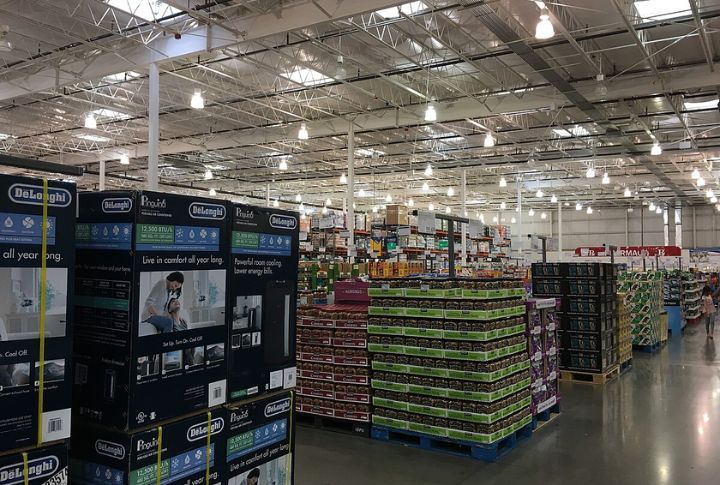
A gallon of milk for $5.98? That’s not fiction—that’s average in Hawaii. Although prices can vary by island and store, transporting goods across the Pacific can inflate grocery prices significantly over mainland costs. Residents often rely on Costco-sized hauls just to make shopping affordable, yet even bulk buying barely offsets island markups.
Healthcare Access Challenges
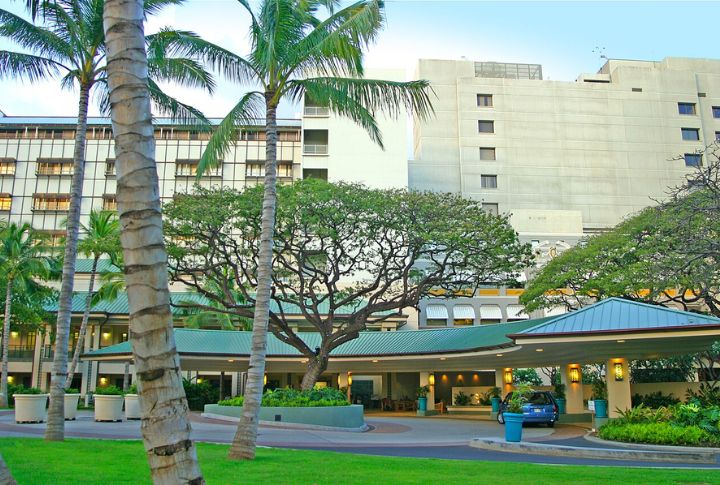
Traveling for medical care is a common challenge for island residents. Although Hawaii offers some of the most affordable health insurance in the country, access to services varies widely. Efforts to expand care across the state continue, with dental and mental health services especially lacking in many rural areas.
Limited Job Opportunities

In January 2025, job openings hit 27,000. Hawaii’s heavy reliance on tourism makes this a fragile situation—one slow travel season can trigger widespread layoffs. The job market lacks variety, with few career options beyond hospitality, construction, and government, making it tough for young professionals aiming for steady growth.
Internet Connectivity Issues
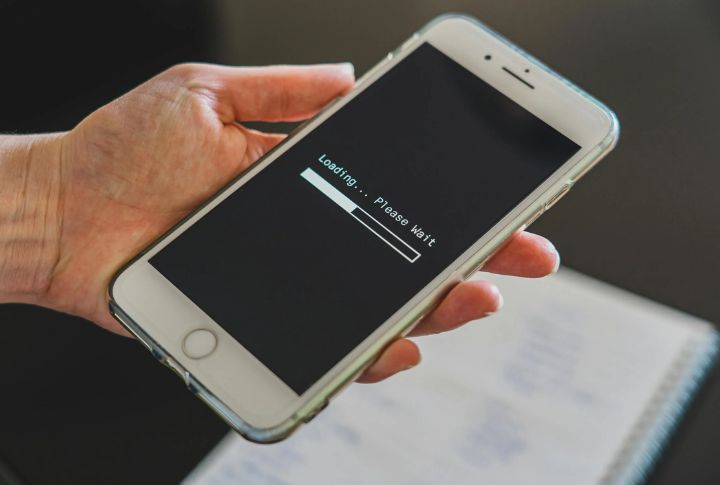
Reliable high-speed internet isn’t guaranteed here, even in 2025. Some areas still face limited provider choices, throttled speeds, or infrastructure delays. While urban Honolulu offers up to 940 Mbps, remote regions often lag behind. That gap directly impacts education, business, and healthcare access in already underserved areas.
Environmental Vulnerabilities
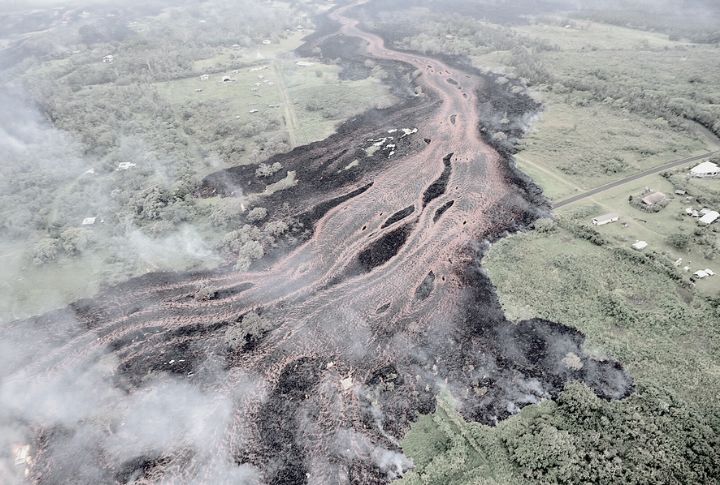
Life on an island brings hidden challenges many overlook. Since 1980, Hawaii has faced billion-dollar disasters like wildfires and tropical cyclones. As climate risks grow, communities regularly deal with evacuation warnings, water shortages, and rebuilding efforts—clear signs that paradise requires ongoing readiness for whatever comes next.
Educational System Struggles
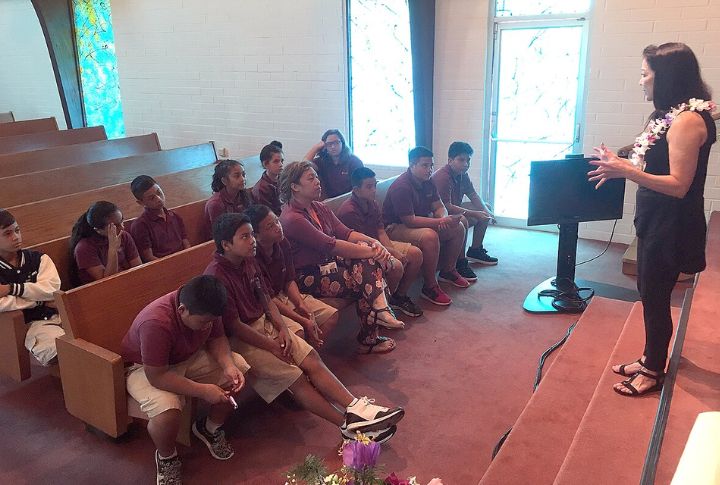
Only 55% of Hawaii’s preschool-aged children are currently enrolled. The state has promised universal access by 2032, but the clock is ticking. For now, high childcare costs and limited facilities keep families juggling. It’s an issue that shapes workforce participation and long-term youth development.
Transportation Limitations
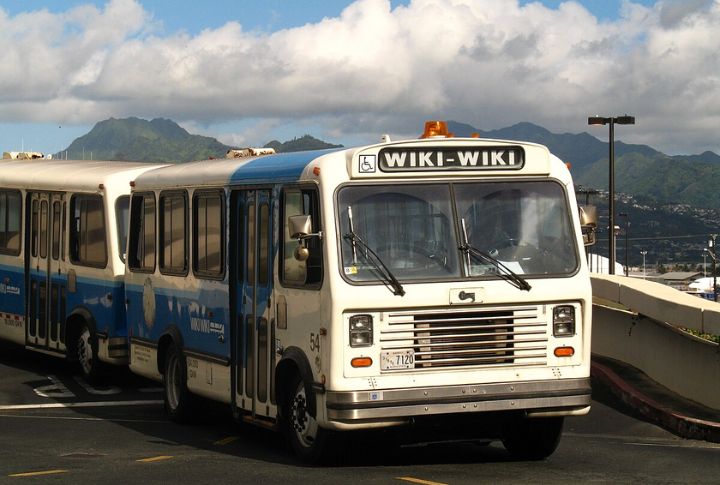
A bus in Honolulu won’t help you on Molokai. Public transit remains fragmented across islands, with many routes ending far from where people live or work. Daily life hinges on owning a car, leading to traffic snarls, fuel costs, and vehicle maintenance that strain household budgets statewide.
